Disclosure: This article contains affiliate links. We may earn a commission from purchases at no extra cost to you, which helps our travel content.
When most people talk about Canadian winter destinations, they mention Whistler or Banff. But if you're looking to push beyond the typical and experience winter in its most raw, authentic form, Iqaluit should be at the top of your list. As someone who's chased winter sports across continents, I can tell you that nothing compares to the pristine Arctic wilderness of Nunavut's capital. Located on Baffin Island at 63° north latitude, Iqaluit offers winter adventures that redefine what extreme really means. The temperatures regularly plummet to -30°C (-22°F), the landscape transforms into an endless white canvas, and the cultural experience is unlike anything you'll find in more commercial destinations. This isn't your casual winter getaway—it's an expedition into one of the most fascinating environments on the planet, where traditional Inuit culture meets modern Arctic living, and where every outdoor activity comes with an extra dose of adrenaline.
Getting to Iqaluit: The Journey to the Edge
Let's address the obvious first—getting to Iqaluit isn't as simple as hopping on a quick flight from Toronto. This remoteness is precisely what preserves its authenticity and keeps the crowds away. You'll need to fly into Iqaluit Airport (YFB), with most connections coming through Ottawa, Montreal, or Yellowknife. Canadian North and First Air operate these routes, and while tickets aren't cheap (expect $1,200-1,800 round trip from major Canadian cities), the aerial views of Frobisher Bay and the vast tundra as you descend make every dollar worth it.
After landing at what feels like the edge of the world, you'll immediately notice two things: the biting cold that slaps you in the face despite your layers, and the surreal landscape that stretches endlessly in all directions. I've traveled to over 40 countries for both business and pleasure, but that first breath of Arctic air still ranks as one of my most vivid travel memories.
For accommodation, I stayed at The Discovery, Iqaluit's premier hotel. While luxury here isn't defined by spa treatments and infinity pools, the comfort level is impressive considering the remote location. Rooms are well-heated (crucial when it's -40°C outside), spacious, and many offer views of Frobisher Bay. Book well in advance—with limited options in town, rooms fill up quickly, especially during popular events like the Toonik Tyme festival in April.
Before arrival, I strongly recommend investing in proper Arctic gear. My expedition parka was literally a lifesaver during dawn snowmobile rides. Yes, it's expensive, but this isn't the place to compromise on equipment. The difference between good gear and great gear in the Arctic isn't about comfort—it's about safety.

💡 Pro Tips
- Book flights at least 3-4 months in advance for better rates
- Pack emergency supplies including high-calorie snacks and a satellite phone
- Download maps offline as cellular service can be spotty outside town
Dog Sledding: The Original Arctic Transportation
If there's one experience that captures the essence of Arctic living, it's dog sledding. This isn't the commercialized 30-minute tourist ride you might find in more accessible winter destinations—Iqaluit offers multi-hour and even multi-day expeditions led by Inuit guides whose families have been mushing for generations.
I booked a full-day excursion with NorthWinds Arctic Adventures, which began with learning how to harness and connect the dogs—powerful Canadian Inuit Dogs (Qimmiq) that have been bred for Arctic conditions for thousands of years. These animals are working dogs in every sense, with incredible endurance and a natural drive to pull. The connection between the musher and the dogs is something special to witness, a relationship built on mutual respect and understanding.
Once we set off across the frozen landscape, the modern world disappeared completely. The only sounds were the runners gliding over snow, the rhythmic panting of the dogs, and occasional commands from our guide. We traveled about 30km that day, stopping for a traditional lunch of Arctic char and bannock cooked over a portable stove on the ice.
The physical demands shouldn't be underestimated. You'll alternate between riding on the sled and running alongside to give the dogs a break on uphill sections. My fitness background definitely came in handy here—those hill sprints in the gym translate perfectly to pushing a loaded sled up an icy incline! I tracked the expedition on my GPS watch, which handled the extreme cold impressively while capturing our route across the tundra.
What makes dog sledding in Iqaluit special is the authenticity. These aren't tourist sleds—they're the same designs that Inuit have used for centuries, adapted with modern materials. Your guide isn't reciting memorized facts but sharing lived experience and cultural knowledge passed through generations. It's an immersive history lesson and an adrenaline rush combined into one unforgettable day.
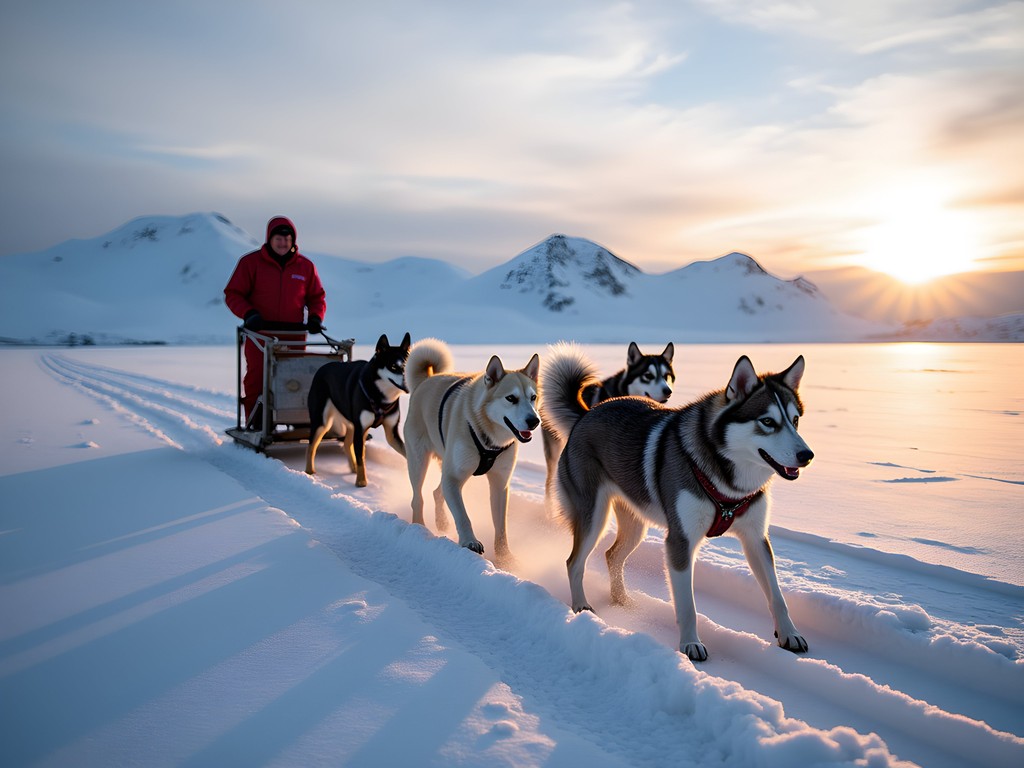
💡 Pro Tips
- Wear your warmest base layers as you'll be stationary on the sled for long periods
- Bring chemical hand warmers for your gloves and boots
- Ask your guide about traditional commands for the dogs—they'll appreciate your interest
Northern Lights: Nature's Ultimate Light Show
Iqaluit sits under the auroral oval—the zone where Northern Lights activity is most concentrated—making it one of the world's premier destinations for aurora viewing. The combination of clear Arctic air, minimal light pollution, and northern latitude creates perfect conditions for this natural phenomenon.
During my week in Iqaluit, I witnessed the aurora on four separate nights, each display more spectacular than the last. The best viewing came after a particularly intense solar storm that had been forecast days earlier (pro tip: download the Aurora Forecast app and set alerts before your trip). Around 11 PM, the sky erupted in waves of green and purple that danced across the entire horizon, reflecting off the snow and creating an almost 360-degree immersive experience.
While you can see the lights from town, the most impressive displays deserve a proper setting. I joined a guided snowmobile expedition that took us about 15km outside Iqaluit to a perfectly positioned viewpoint overlooking frozen Frobisher Bay. Our Inuit guide shared traditional stories about the aurora while we waited for the show to begin, adding cultural context to the scientific phenomenon.
Photographing the Northern Lights in extreme cold presents unique challenges. Batteries drain rapidly, and exposed metal camera parts can literally freeze to your skin. My camera hand warmer was essential for keeping both my hands and camera battery functional throughout the night. For the shots themselves, I used manual settings with a 15-second exposure, f/2.8 aperture, and ISO 1600-3200 depending on the aurora's intensity.
What many travelers don't realize is that the aurora often appears differently to cameras than to the naked eye. While cameras can capture the vibrant greens and purples in all their glory, the human eye sometimes perceives them as more subtle, ghostly white movements. Don't be disappointed if your first glimpse seems underwhelming—give your eyes time to adjust to the darkness and you'll begin to appreciate the true complexity of the display.
The silence of the Arctic night adds another dimension to aurora viewing. With temperatures dropping below -30°C, the air becomes incredibly still—no insects, no rustling leaves, no distant traffic. Just complete silence broken occasionally by the mysterious crackling sound that sometimes accompanies particularly active auroras.
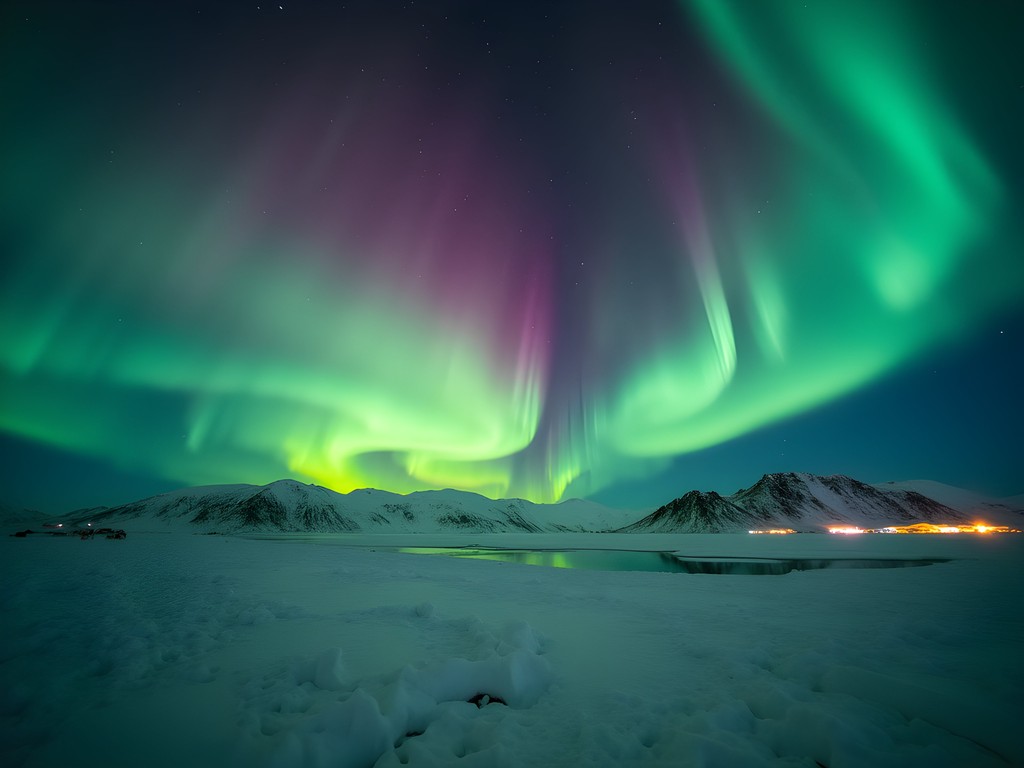
💡 Pro Tips
- Set up your camera before darkness falls completely
- Bring extra batteries and keep them in an inside pocket close to your body
- Look north, but also check the entire sky as strong displays can cover the whole hemisphere
Ice Fishing: Patience and Tradition
Growing up in Los Angeles, fishing meant charter boats and sunny days. Ice fishing in Iqaluit couldn't be more different—it's a test of patience, resilience, and connection to ancient traditions that have sustained Inuit communities for millennia.
My experience began with a snowmobile journey across the frozen bay to a traditional fishing spot known to our Inuit guide's family for generations. Using a traditional ice auger (though modern gas-powered ones are also common), we drilled through nearly a meter of solid ice to reach the frigid waters below.
The target here is primarily Arctic char, a cold-water fish related to salmon and trout that thrives in these extreme conditions. Unlike the complex technical gear often associated with modern sport fishing, traditional Inuit ice fishing is remarkably minimalist—a simple line, basic lure, and incredible knowledge of fish behavior and ice conditions.
While waiting for bites in the portable shelter, our guide demonstrated traditional fishing techniques and shared stories of how these practices have evolved yet remained fundamentally unchanged for thousands of years. The juxtaposition was striking—using techniques passed down through countless generations while occasionally checking a smartphone for messages.
When we finally caught several good-sized char, we prepared some of them right there on the ice. Fresh sashimi-style Arctic char, just minutes from the water, eaten in the traditional way with just a touch of soy sauce our guide had brought along—it was one of the purest food experiences I've ever had.
The physical challenge of ice fishing here isn't in the activity itself but in withstanding the environment. My insulated fishing boots were crucial for standing on ice for hours without losing sensation in my feet. The extreme cold demands constant awareness—remove gloves for too long to handle equipment, and frostbite becomes a real concern within minutes.
Beyond the fishing itself, this experience offers a window into sustainable Arctic living. The Inuit approach to harvesting only what's needed and utilizing every part of the catch provides a powerful lesson in environmental stewardship that predates modern conservation movements by thousands of years.

💡 Pro Tips
- Bring high-energy snacks as your body burns calories quickly in extreme cold
- Learn basic Inuktitut fishing terminology as a sign of respect to your guide
- Wear multiple thin layers rather than one thick layer to trap heat efficiently
Cultural Immersion: Understanding Inuit Heritage
Any visit to Iqaluit would be incomplete without engaging with the rich Inuit culture that defines this region. As a fitness professional who's traveled extensively for both work and pleasure, I've found that understanding local culture transforms a trip from simple tourism to meaningful experience. In Iqaluit, this cultural dimension is particularly powerful.
The Nunatta Sunakkutaangit Museum offers an excellent introduction to Inuit history and art. Though small by southern standards, the collection of traditional tools, clothing, and sculptures provides crucial context for everything you'll experience outside. I was particularly moved by the display of traditional qajaqs (kayaks) and the explanation of how these hunting vessels were perfectly adapted to Arctic conditions using only materials available in this sparse environment.
For a deeper cultural experience, I arranged a traditional skills workshop through the Unikkaarvik Visitor Centre. Over a half-day session, I learned the basics of soapstone carving—an art form central to Inuit expression. My clumsy first attempt at carving a seal was laughable compared to the instructor's fluid expertise, but the process gave me tremendous appreciation for the masterful sculptures I'd seen in the museum.
The highlight of cultural immersion came through an evening spent with an Inuit family who opened their home for a traditional meal and storytelling session. We enjoyed caribou stew, Arctic char, and bannock while our hosts shared legends that have been passed orally for generations. The stories—many featuring Sedna, the goddess of the sea—wove together spiritual beliefs, practical survival knowledge, and environmental stewardship in a way that revealed the sophisticated worldview underlying Inuit culture.
What struck me most was how thoroughly adapted Inuit culture is to this extreme environment. Every aspect of traditional life—from clothing design to hunting techniques to social structures—represents thousands of years of accumulated knowledge about surviving and thriving in conditions that would be lethal to the unprepared. This isn't primitive technology; it's highly specialized expertise perfectly suited to one of Earth's most challenging environments.
Before visiting, I prepared by reading Inuit cultural guide, which provided valuable context for the experiences and helped me ask more thoughtful questions during cultural exchanges. This small investment in cultural understanding made every interaction more meaningful and respectful.
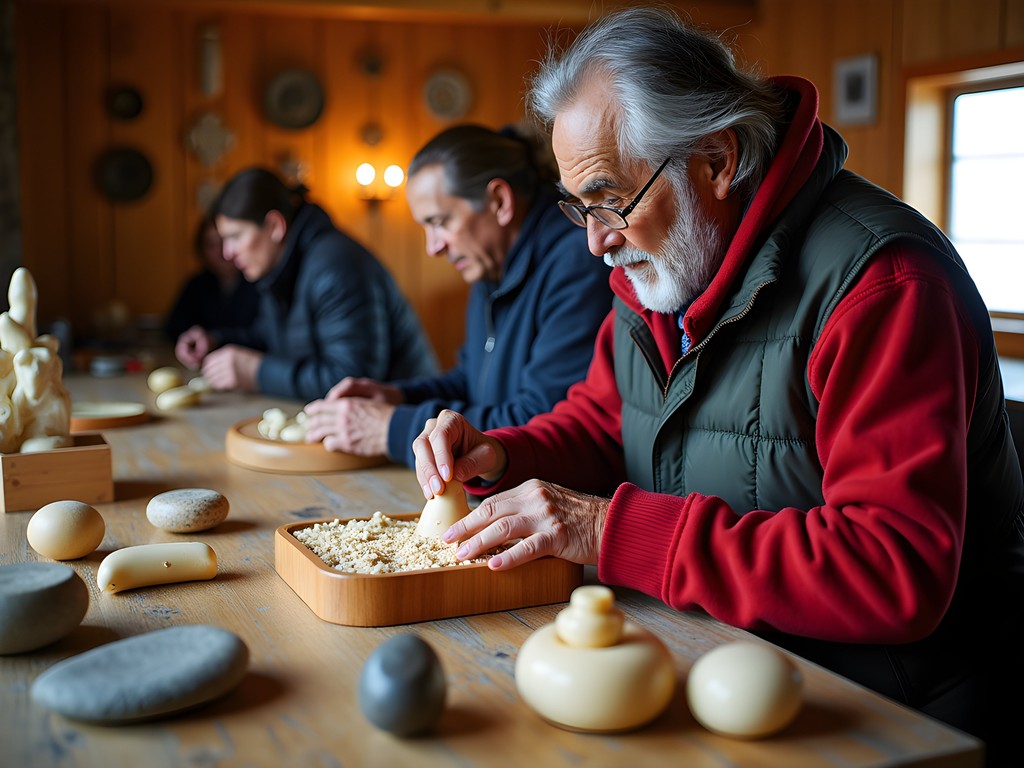
💡 Pro Tips
- Learn a few basic Inuktitut phrases before your trip—even simple greetings are greatly appreciated
- Ask permission before photographing people or cultural ceremonies
- Support local artists by purchasing directly from studios rather than souvenir shops
Final Thoughts
As I boarded my return flight from Iqaluit, I found myself already planning a return trip—perhaps for the spring Toonik Tyme festival next time. The Arctic has a way of getting under your skin. It challenges you physically and mentally while rewarding you with experiences that simply can't be replicated anywhere else. Iqaluit isn't for everyone—the extreme conditions, limited infrastructure, and high costs create natural barriers that keep mass tourism at bay. But for those willing to step beyond their comfort zone and embrace both the challenges and the beauty of the Arctic, Iqaluit offers adventures that will redefine your understanding of winter. The combination of raw wilderness, living Indigenous culture, and extreme conditions creates a travel experience that feels increasingly rare in our hyperconnected world. If you're looking to test your limits while experiencing one of the most unique winter environments on the planet, start planning your Iqaluit expedition. Just remember: in the Arctic, preparation isn't just about comfort—it's about survival. Respect the environment, learn from local knowledge, and you'll return with stories few travelers can match.
✨ Key Takeaways
- Proper Arctic gear isn't optional—invest in quality equipment before arrival
- Connect with Inuit guides for authentic experiences that support the local economy
- Plan activities with flexibility—Arctic weather can change rapidly
- Respect and learn from traditional knowledge—it represents thousands of years of Arctic expertise
📋 Practical Information
Best Time to Visit
February-April for optimal winter conditions and increasing daylight
Budget Estimate
$4,500-6,000 for a week including flights, accommodation, guided activities
Recommended Duration
Minimum 5 days, ideally 7-10 days
Difficulty Level
Challenging
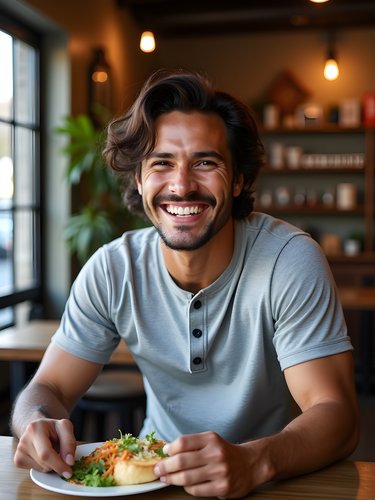
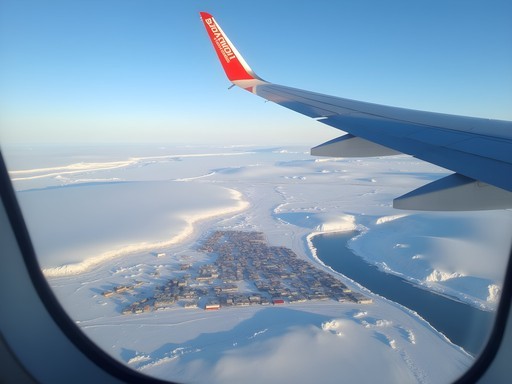

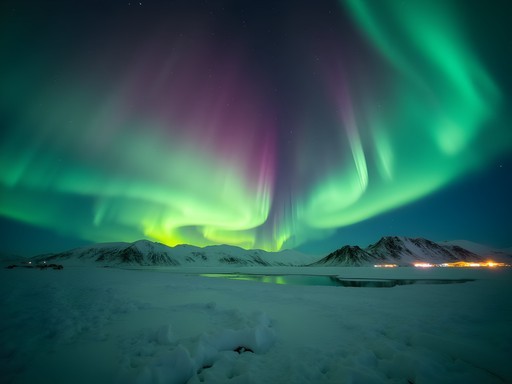
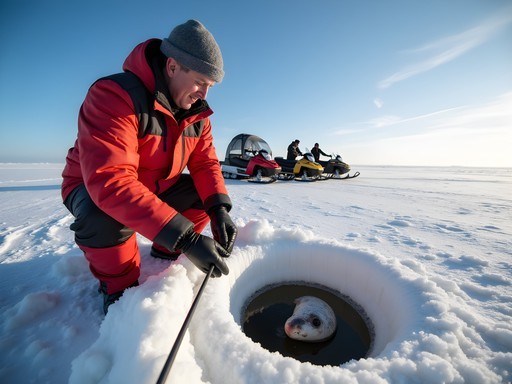
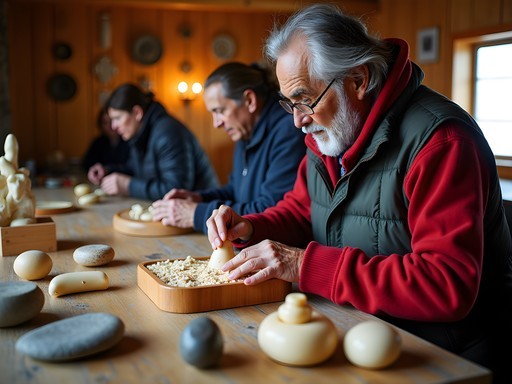










Comments
JustinTime
That shot of the Northern Lights over the dog sleds is incredible! Desktop wallpaper material right there.
IcelandFan
Just got back from Iqaluit last month and can add some recent experiences. The locals were incredibly welcoming, and we learned so much about Inuit culture. One highlight not mentioned in the post: we attended a throat singing demonstration that was mind-blowing! Also, the Nunatta Sunakkutaangit Museum is small but fascinating. For food, try caribou if it's available - completely different from any meat I've had before. And dress warmer than you think necessary - I was still cold even with all my Iceland gear!
TravelMom42
Would you recommend this for families with teenagers?
Douglas Bradley
@TravelMom42 Absolutely, if your teens are adventurous! The ice fishing and dog sledding are perfect for that age group. Just make sure they understand the cold reality before going.
TravelMom42
Thanks Douglas! My kids are outdoor enthusiasts so this might be perfect for our spring break.
NorthernNomad
Been to Iqaluit twice and it never disappoints! The dog sledding is worth every penny.
greenway
Those Northern Lights pics are AMAZING! Did you need special camera settings to capture them? Planning to visit in November but worried my iPhone won't cut it.
ArcticExplorer
Not the author but I've shot auroras in Iqaluit. You'll definitely need a proper camera with manual settings. I use my night camera with a tripod. iPhones can capture basic aurora shots now but nothing like what you see here.
greenway
Thanks for the tip! Might have to borrow my friend's DSLR then.
Douglas Bradley
Lars, this is exactly the kind of off-the-beaten-path destination more travelers should consider! I visited Iqaluit last winter and can confirm everything you've written. The dog sledding experience was transformative - there's something profound about traveling across the frozen landscape the way Inuit have for centuries. One thing I'd add for readers: the cold is NO joke. I'd recommend investing in proper Arctic-rated gear, especially boots rated to at least -40°C. The locals told me many tourists underestimate just how different Arctic cold feels compared to southern Canadian winters. Did you get a chance to try any traditional Inuit cuisine while you were there?
greenway
Was thinking about going this winter but the cold sounds intense! How many layers did you wear?
Douglas Bradley
@greenway I typically wore 3-4 layers: merino base layer, mid-layer fleece, down jacket, and a windproof shell. Don't forget double-layered mittens and a proper balaclava. Your face will thank you!
photostar
Those Northern Lights photos are INCREDIBLE!! What camera settings did you use? I've tried capturing them before but they never look this vivid!
Lars Ramirez
Thanks! I used manual mode with f/2.8, ISO 1600-3200, and 15-20 second exposures. A sturdy tripod is absolutely essential in those temperatures.
photostar
Awesome, thanks for the tips! Adding Iqaluit to my photo bucket list!
Jean Wells
Excellent guide, Lars. I'd add that winter visitors should absolutely try to attend a community feast if possible. I was fortunate to participate in one last February where we had traditional foods like caribou and Arctic char. The cultural exchange was as valuable as any outdoor activity. Also, the Nunatta Sunakkutaangit Museum is small but provides crucial context about Inuit culture that enhances everything else you'll experience. For photography enthusiasts pursuing the Northern Lights, I found that setting aside at least 3-4 nights for aurora hunting is necessary, as weather conditions can be unpredictable.
smarthero
How cold does it actually get there? And do you need special gear for dog sledding?
Lars Ramirez
It can hit -30°C (-22°F) or lower in winter! Most dog sledding tours provide appropriate outerwear, but I'd recommend bringing your own base layers and a good pair of thermal gloves. The local operators are excellent at keeping you safe and warm.
greenlife
Wow, Iqaluit looks amazing! Never considered it for a winter trip but now I'm intrigued.
Jean Wells
It's truly a hidden gem. I visited last winter and the pristine isolation is unlike anywhere else in North America.
greenlife
Was it crazy expensive to get there?
Jean Wells
Yes, flights aren't cheap, but worth saving for. Book 3-4 months ahead for better rates.
Venture X
Premium card with 2X miles, $300 travel credit, Priority Pass